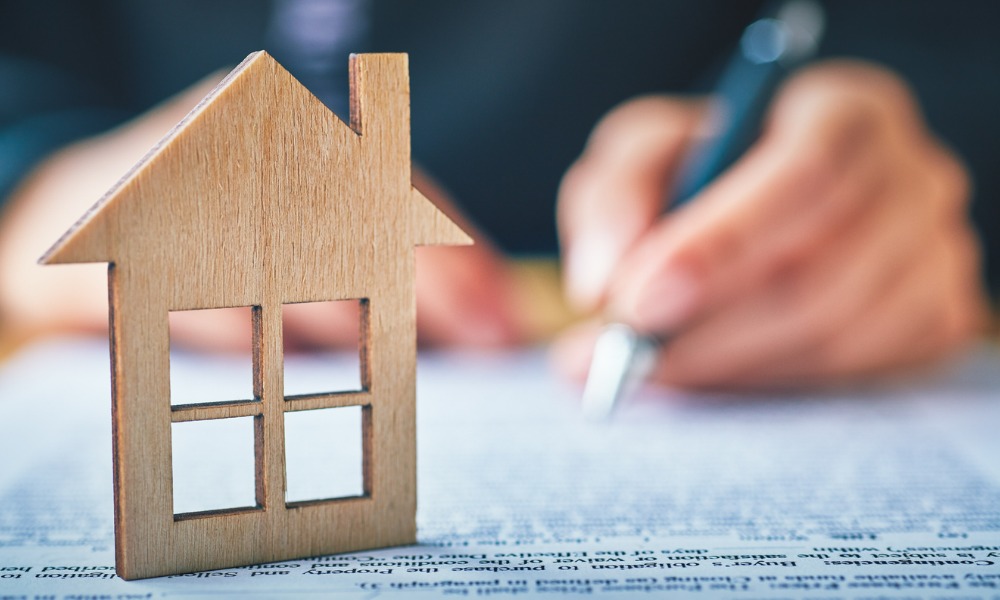Buyers stymied by spiking interest rates and tumbling prices

New home loans have fallen at their second-fastest rate in two decades, plummeting 8.5% in July as buyers are stymied by spiking interest rates and falling prices.
The drop in lending was sharper than most market-watchers expected, according to The Australian Financial Review. The market predicted a 3.5% month-on-month decline. The 8.5% drop was the largest on record barring a sudden tumble in May 2020 in response to the COVID-19 outbreak.
National home loan commitments, excluding refinancing, dropped by $2.62 billion to $28.35 billion in seasonally adjusted terms last month, AFR reported. New loans to owner-occupiers fell 7%, while investor demand was down 11.2%.
“The current correction in property prices is easing affordability pressure, but is being more than offset by rising borrowing costs,” Maree Kilroy, senior economist for BIS Oxford Economics, told AFR. in response, the number of first-home buyer loans declined a sizeable 10.7%, falling below the pre-pandemic level. The impacts of increases to the cash rate by the Reserve Bank are now firmly showing through in the lending indicators data. With the cash rate expected to reach at least 2.6% by the end of the year, demand for new and existing housing will continue contracting to mid-2023.”
Read next: Bad news: The best time to sell your house was last year
The cash rate is now at 1.85% after the central bank began a series of consecutive hikes in May. Lenders, in turn, have passed those costs on to customers. The lowest variable mortgage rate is currently 3.24%, according to RateCity data.
The number of new loan commitments to first-home buyers – who are usually the most sensitive to rate fluctuations – has dropped 35.9% from a year ago, AFR reported. The decline has been most severe in Queensland, where loans dropped 18.8% from July.
At the same time that rising mortgage rates have priced some would-be buyers out of the market, tumbling house prices have made others more cautious, AFR reported. House prices in Sydney fell 2.3% in August and are now down 7.4% from their peak, according to new data from CoreLogic. Price drops have spread to every capital city except Darwin.
Shane Oliver, chief economist at AMP, said he expected house prices to fall between 15% and 20% peak-to-trough by the second half of 2023, followed by a slow recovery.
“There are three reasons why this home price downturn will likely be deeper and the recovery slower than in past cycles: higher home price to income levels; higher debt levels; and an end to the long-term decline in interest rates,” Oliver wrote in a note on Thursday.
Jack P. Stinson, analyst at JPMorgan, said the downturn would drive down investor lending as well.
“Given recent declines in dwelling prices, we expect the investor loan declines to be more significant than in owner-occupier, near-term,” Stinson wrote in a briefing.



